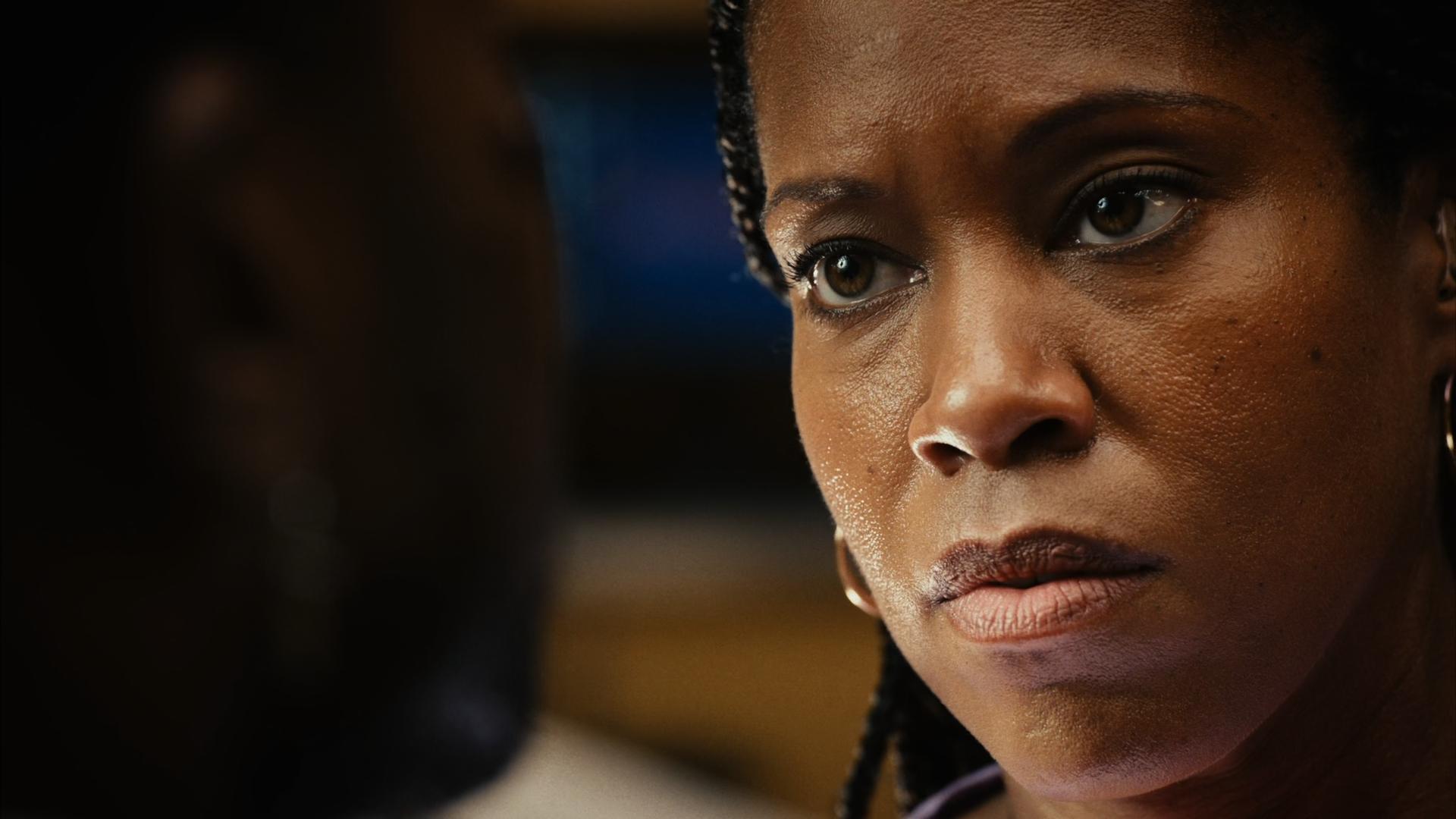Why Do Actors Whisper Their Lines?
(By Tonya Tannenbaum)

Have you ever leaned closer to your screen, desperately trying to catch what an actor is saying, only to realize they’re whispering their lines? This increasingly common trend in modern film and TV has sparked frustration among viewers who find themselves asking: Why do actors whisper so much?
The answer lies in a combination of artistic choices, evolving production techniques, and cultural shifts in storytelling. Let’s unpack the reasons behind this whispering phenomenon.
1. The Pursuit of Realism
Whispering is often used to convey intimacy, secrecy, or emotional vulnerability. In real life, people lower their voices when they’re afraid, confiding, or deeply contemplative. By whispering, actors aim to replicate these authentic moments of human behavior.
Directors and actors increasingly value realism in performances, and whispering can make scenes feel more grounded and relatable. It allows characters to express subtle emotions, drawing viewers in as if they’re eavesdropping on a private moment.
However, the pursuit of authenticity can sometimes clash with practicality, making it harder for audiences to understand what’s being said.
2. Modern Cinematic Style
Film and TV have embraced a quieter, more introspective style of storytelling. Close-up shots and moody lighting often accompany whispered dialogue, creating an immersive experience. These choices help build tension and atmosphere, particularly in dramas or psychological thrillers.
Whispering also serves as a contrast to louder, action-packed scenes, highlighting the emotional stakes of a moment. It’s a deliberate stylistic decision that prioritizes mood over clarity.
3. Actors Leaning Into Subtlety
The rise of method acting and other immersive techniques has influenced how actors approach their craft. Many modern actors prioritize subtle, naturalistic performances, moving away from the theatrical delivery styles of the past.
By whispering, they avoid overacting and instead focus on embodying their character’s emotional state. While this approach can create powerful, nuanced performances, it can also alienate viewers who struggle to hear or interpret their lines.
4. Sound Mixing Challenges
One of the biggest culprits behind inaudible whispers is the way films and shows are mixed. Dialogue, music, and sound effects are all layered during post-production, and in some cases, the balance can skew too heavily toward non-dialogue elements.
In high-budget productions, sound engineers often mix for theatrical surround sound systems, which can emphasize atmospheric effects over dialogue. For viewers watching at home—especially without a high-quality sound system—whispers can easily get lost in the mix.
5. Whispering as a Power Play
In some cases, whispering is used as a deliberate storytelling tool. Characters who whisper in intense situations can project control or dominance, forcing others—and the audience—to strain and focus on their words.
This technique has become a hallmark of characters like villains or antiheroes, who exude quiet menace instead of loud intimidation. It’s a way to make a statement without shouting, but it can also leave viewers struggling to catch the dialogue.
6. The Role of Streaming and Home Viewing
The rise of streaming platforms has changed how we watch movies and shows. Many viewers rely on TVs, laptops, or even smartphones, where audio quality is often subpar. This shift in viewing habits has amplified the problem of inaudible whispers, as these devices don’t always capture the full range of sound designed for cinematic environments.
7. What Can Be Done?
For filmmakers:
- Prioritize Dialogue in the Mix: Ensure whispered lines remain audible without sacrificing atmosphere. Test sound mixes across various devices to account for different viewing environments.
- Balance Realism With Clarity: Encourage actors to deliver lines with authenticity while maintaining audibility.
For viewers:
- Use Subtitles: Subtitles are a simple solution for catching every word, especially when watching on smaller devices or in noisy environments.
- Improve Audio Setup: Investing in a soundbar or surround sound system can help enhance dialogue clarity.
- Adjust Settings: Many TVs and streaming apps offer audio settings like “dialogue enhancement” that can make whispered lines easier to hear.



